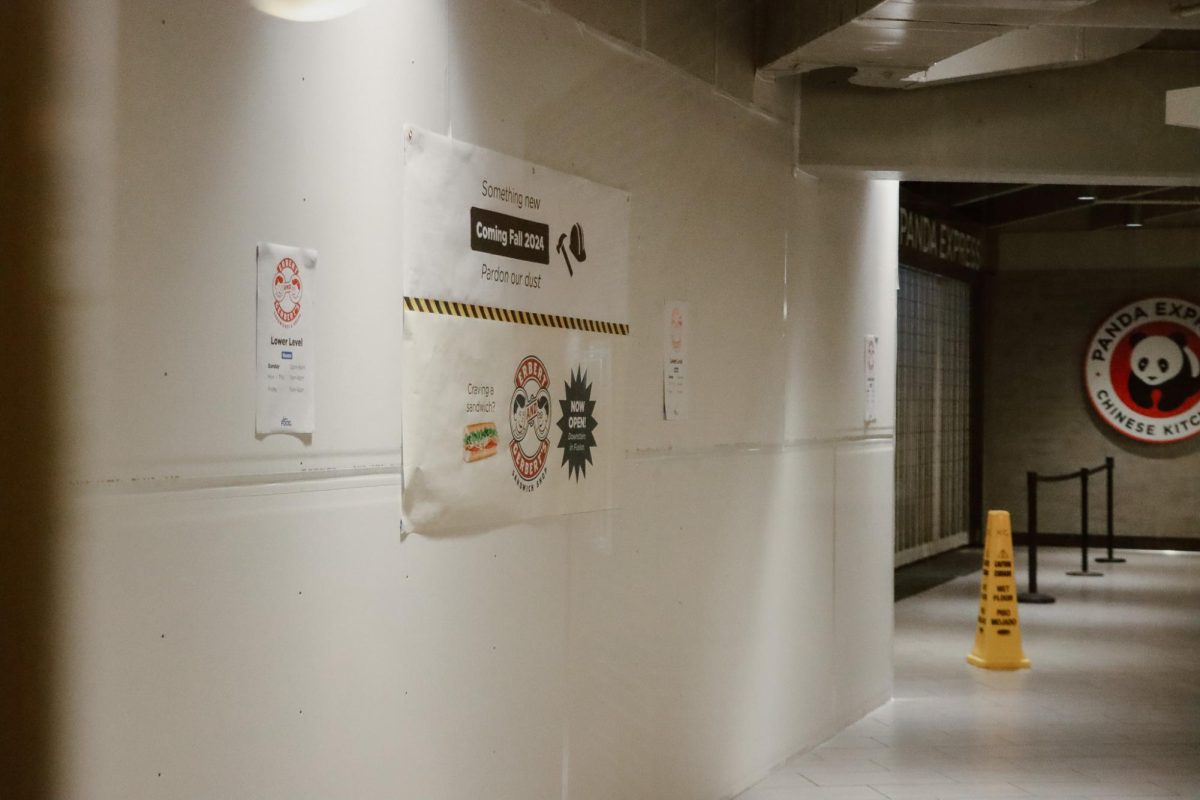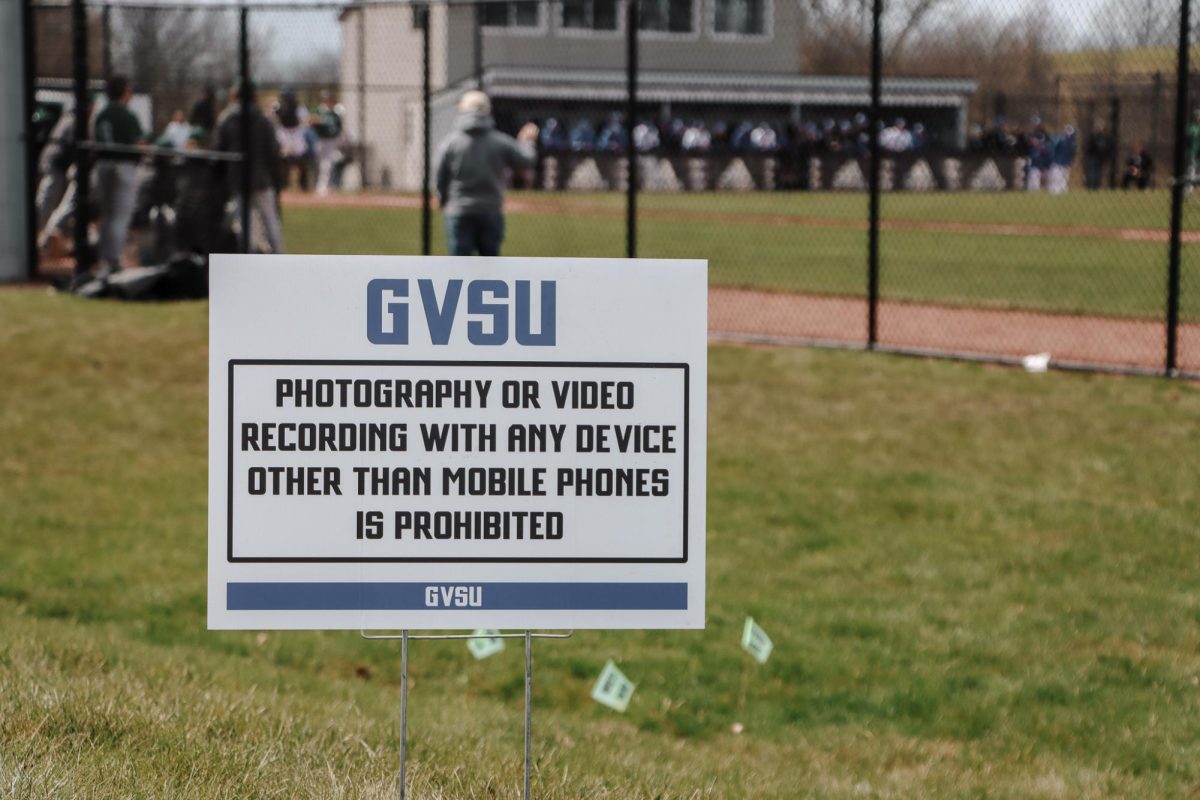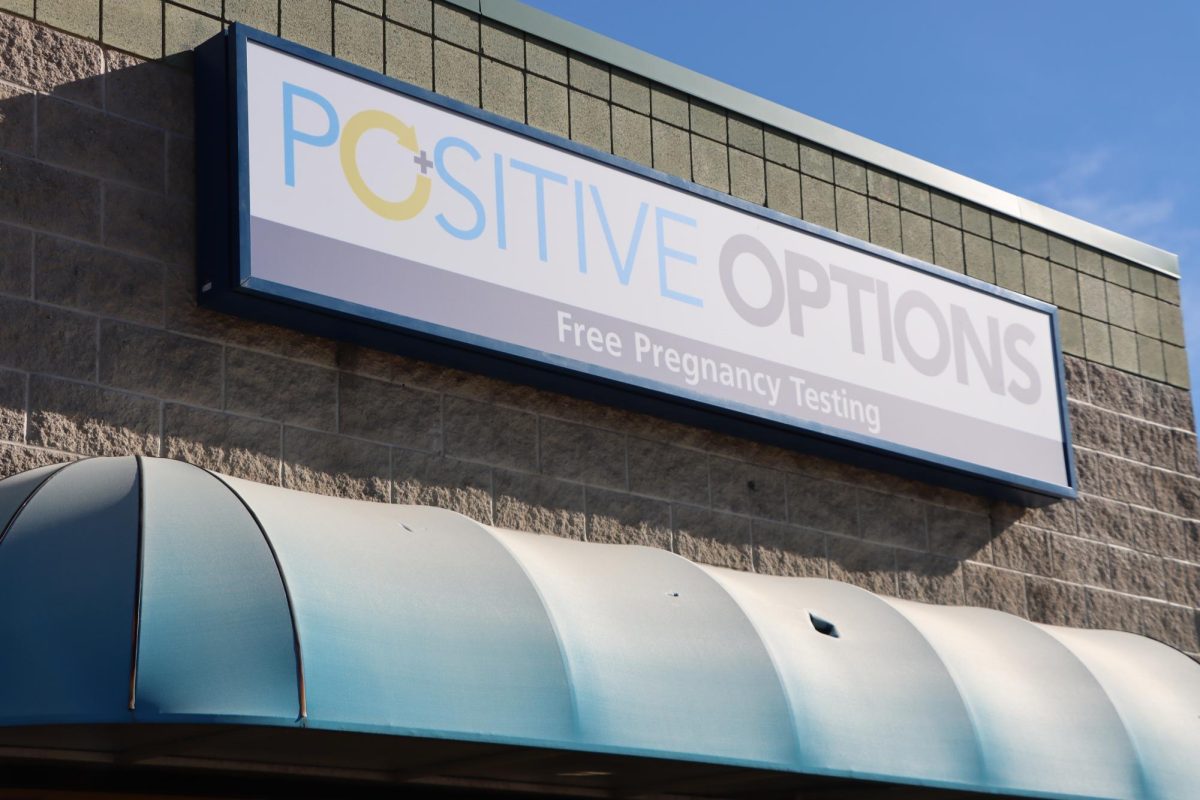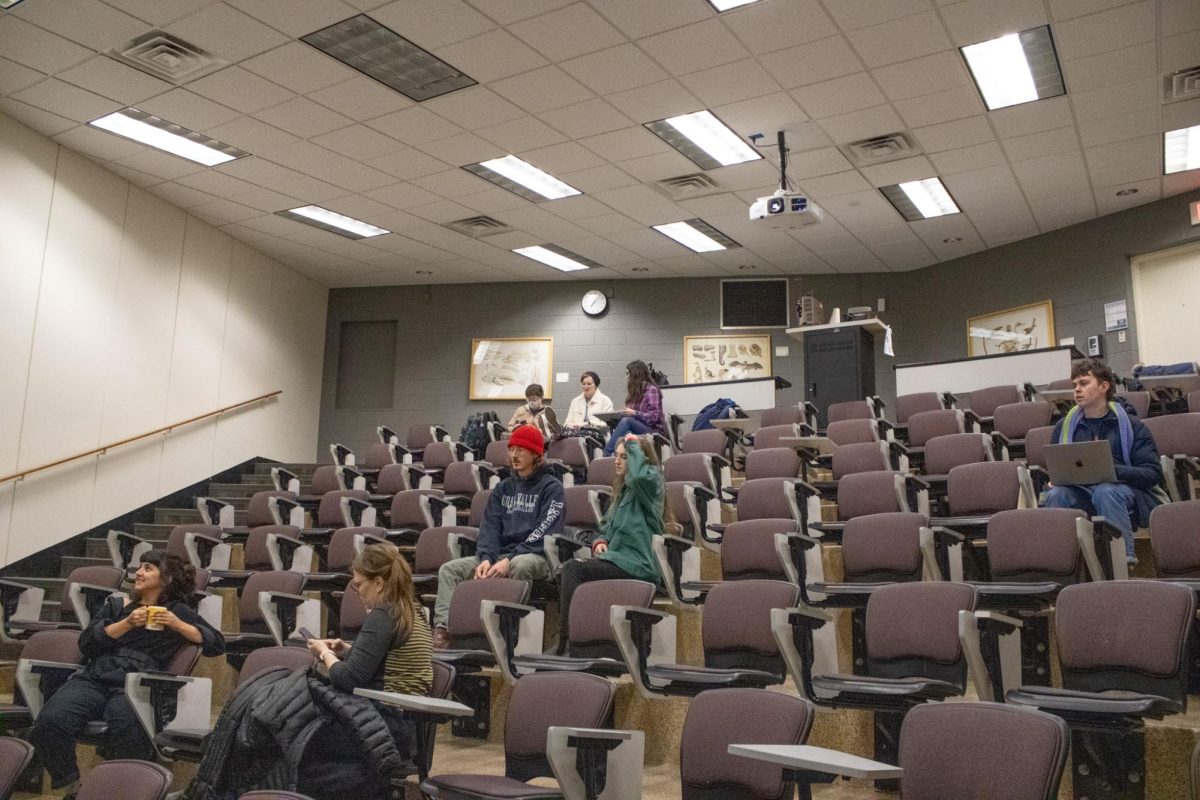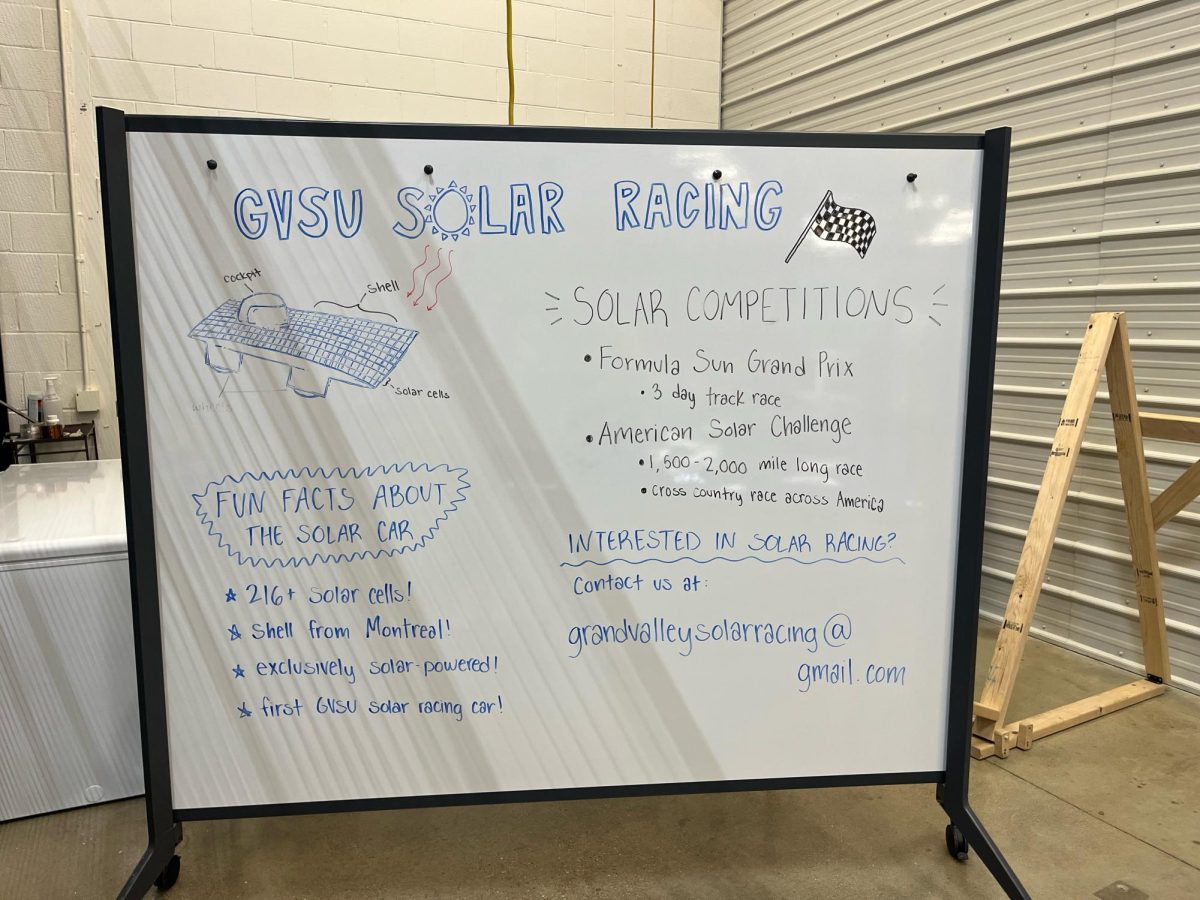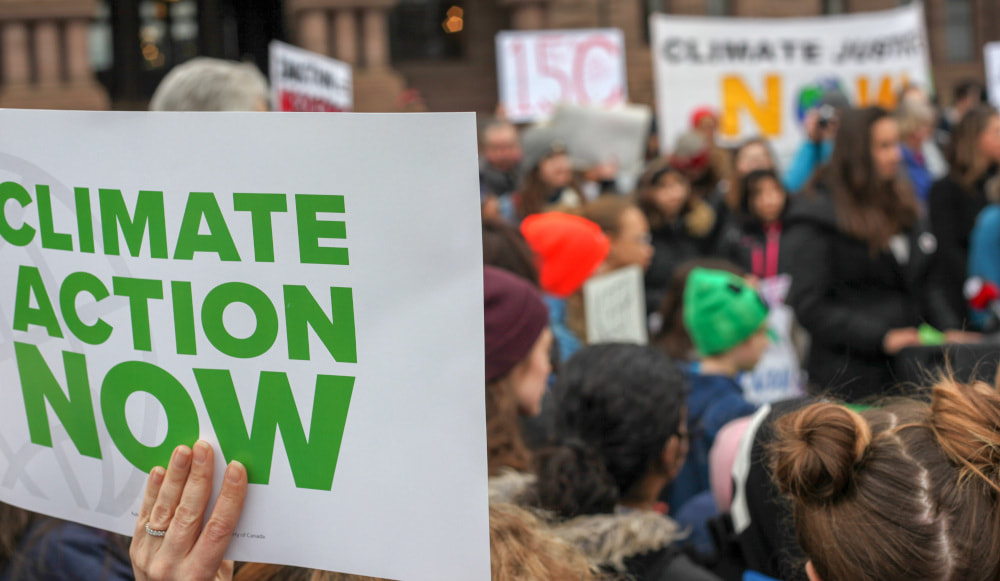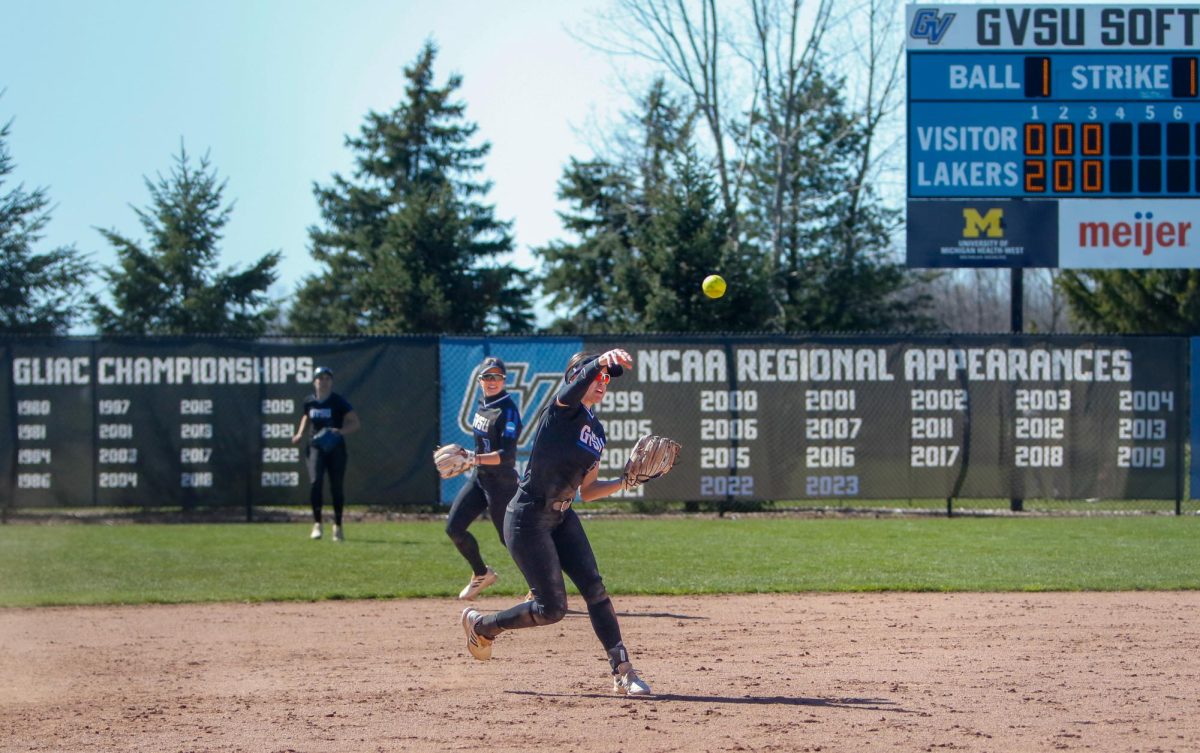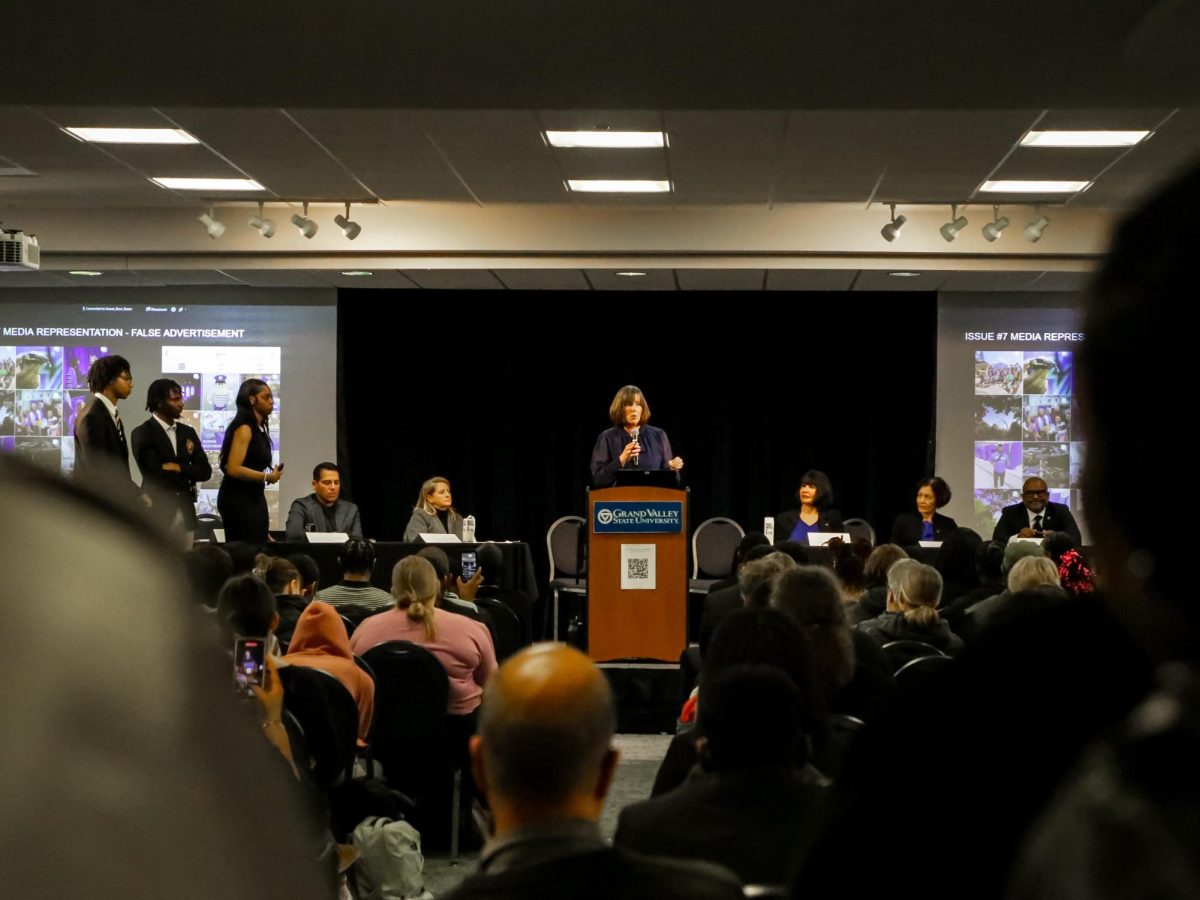Great Lakes dredging to affect West Michigan
Feb 14, 2013
As he announced earlier in the year, Gov. Snyder plans to spend $21 million on a dredging project in Lake Michigan, which will focus on harbors that are becoming too shallow due to falling Great Lakes water levels.
The budget Snyder has proposed will appropriate $11.5 million from the state’s general fund and will transfer $9 million from the state waterway fund.
Federal funding from the Harbor Maintenance Trust Fund used to keep the harbors open has declined in recent years, and the U.S. Army Corps of Engineers has declined as well. This has left many harbor communities in a difficult situation, as the problem affects most of the harbors and marinas in the state. State officials have said that keeping the harbors open is essential to the Michigan economy.
“A lot of Michiganders don’t realize that lake levels are extremely low,” Snyder said at the Michigan Press Association conference last month. “It is critically important to tourism and other things in Michigan, in terms of normal business and commerce.”
Four major factors have led to the need for dredging in the lake: mild weather in the region, which results in more evaporation due to lack of ice; drought conditions due to the hot summer, causing more evaporation which resulted in record low lake levels; erosion caused by rivers flowing into the harbors, bringing soil from various human activities; and changes in the political climate.
“Before 2010, more than half of funding for Great Lakes dredging came from federal earmarks, which have been discontinued,” said Alan Steinman, director of the Annis Water Resources Institute and professor of water resources at Grand Valley State University. “In 2010, only 65 percent of recreational dredging projects were completed, and the following year the Corps announced that it would cease funding for recreational harbor dredging completely.”
Dredging doesn’t increase the water levels, though. It simply removes the excess sediment from the harbor, making boating and other recreational activities easier and safer.
“The dredging removes accumulated sediment in a small area like a marina or navigation channel,” said Richard Rediske, professor of water resources at the Annis Water Resources Institute. “There are no adverse environmental impacts associated with the dredging.”
West Michigan itself will be affected by Snyder’s dredging plan, especially the Harbor Island Marina near Grand Haven. This dredging is scheduled due to boater access that needs improvement.
Dredging, however, won’t solve the problem permanently. Long-term solutions have to be implemented, as well. These solutions include determining durable sources of long-term funding, an issue that is addressed as part of the governor’s transportation proposal. Reducing the need for future dredging is also important; this can be done by solving the problem of the sedimentation and erosion that dumps excess sediment in the harbors, which accumulates over time.
Currently, the biggest issues are the low water levels and sediment, but the long-term issue is how the sediment gets into the harbors and how fast it accumulates in them. In short, the ultimate long-term solution to these problems is an improvement in land management practices, which would reduce dredging needs and create a more holistic, sustainable form of human interaction with the Great Lakes and the surrounding watersheds.
[email protected]






